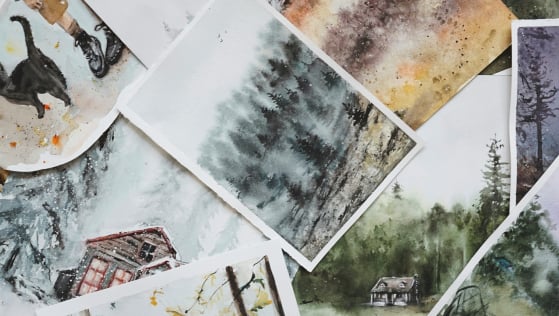
When you start any new art project, one of the first decisions you must make is what paper you’d like to work with. The right art paper can enhance your techniques, inspire your creativity, and ensure that your masterpieces stand the test of time. But with so many types of paper available, how do you know which one will suit your needs?
In this comprehensive guide, we'll explore the world of art paper and cover the key factors to consider such as size, weight, texture, and colour. Whether you’re a sketcher, painter, colourist, or a budding artist who can’t wait to explore lots of different mediums, we’re here to help you find the perfect paper and bring your artistic ideas to life.
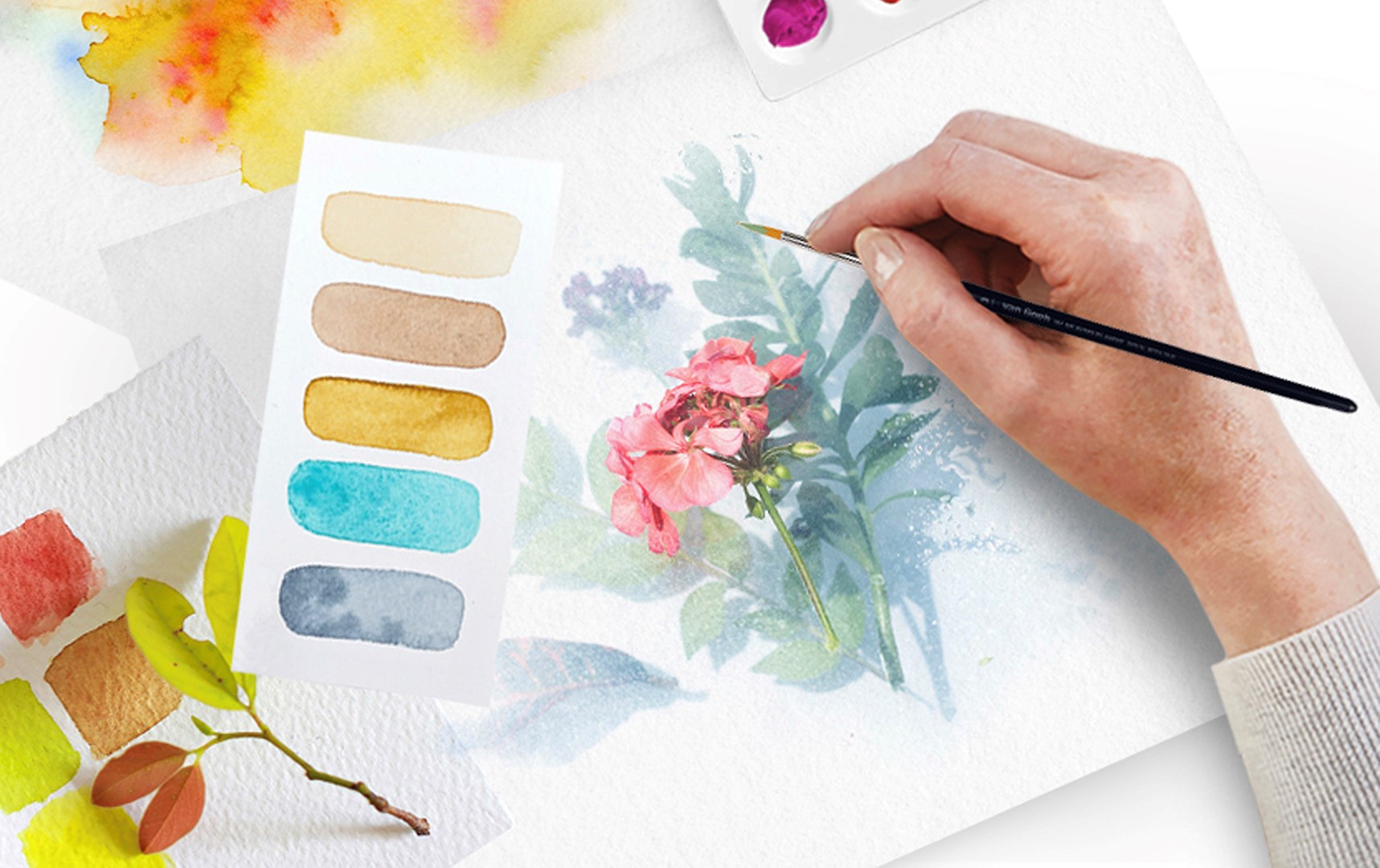
What Factors Should I Consider When Choosing Art Paper?
Several factors including your chosen medium, subject matter, and budget play a role in selecting the right art paper.
Size and Format
Art paper is available in various sizes and formats to cater to different ways of working. Paper may be measured in millimetres, inches, or standard “A” sizes (A1, A2, A3, A4, etc.) and comes in spiral and gummed pads, sketchbooks, and blocks, as well as loose sheets and rolls for large-scale work.
When choosing the size and format that best suits your needs and preferences, consider your working environment, the variety of mediums you’ll be using, and storage requirements, as well as what feels most comfortable for you. If you’ll be taking art with you to classes or the studio, you’ll also want to make sure that your work is well-protected, which is where a drawing pad or sketchbook can be a practical solution.
Paper Weight
Different types of art papers are made in various weights, measured in grams per square metre or pounds. In general, the heavier a paper’s weight, the thicker it will be. Heavier artistic papers are typically more suitable for wet media, while drawing papers are often lighter and ideal for dry media such as pencils.
Surface Texture
The surface texture of artist paper can have a significant impact on the final appearance of your work. When using dry media, you may want to sketch on paper that has a “toothy” texture, as dry pigments will better stick to the page. Painters may benefit from a smoother surface that allows for fine detail and the even application of thin layers. If you’re just starting out on your creative journey, you may find it useful to experiment with different surface textures and find the one that best suits your style.
Acid-Free
To ensure the longevity of your artwork, always opt for acid-free paper. Papers containing acid can cause yellowing, fading, and deterioration over time, so choosing a high-quality, acid-free option is crucial for maintaining the optimal structural integrity of your work. When you’ve spent a long time perfecting a piece of art, the last thing you want is for it to become damaged by the paper used.
Binding Type
When selecting your art paper, consider the pad or sketchbook’s binding. Gummed pads allow you to easily tear out individual sheets for framing or storage, while spiral binding will help a book stay open when working. Castle Arts’ range of specialty art papers also come with a stiff-backed design, so you can easily create art anywhere without a drawing board.
Pages vs. Sheets
Considering how much paper you’ll need? Remember the difference between sheets and pages. A sheet of paper has two sides, and each side is considered one page. This means that a 50-sheet pad will have 100 pages. If you plan to frame your artworks or display them in a portfolio, you may prefer to use only one side of the paper, leaving the reverse page blank. In this case, you'll need to account for the number of sheets rather than pages when deciding on the best art paper for you.
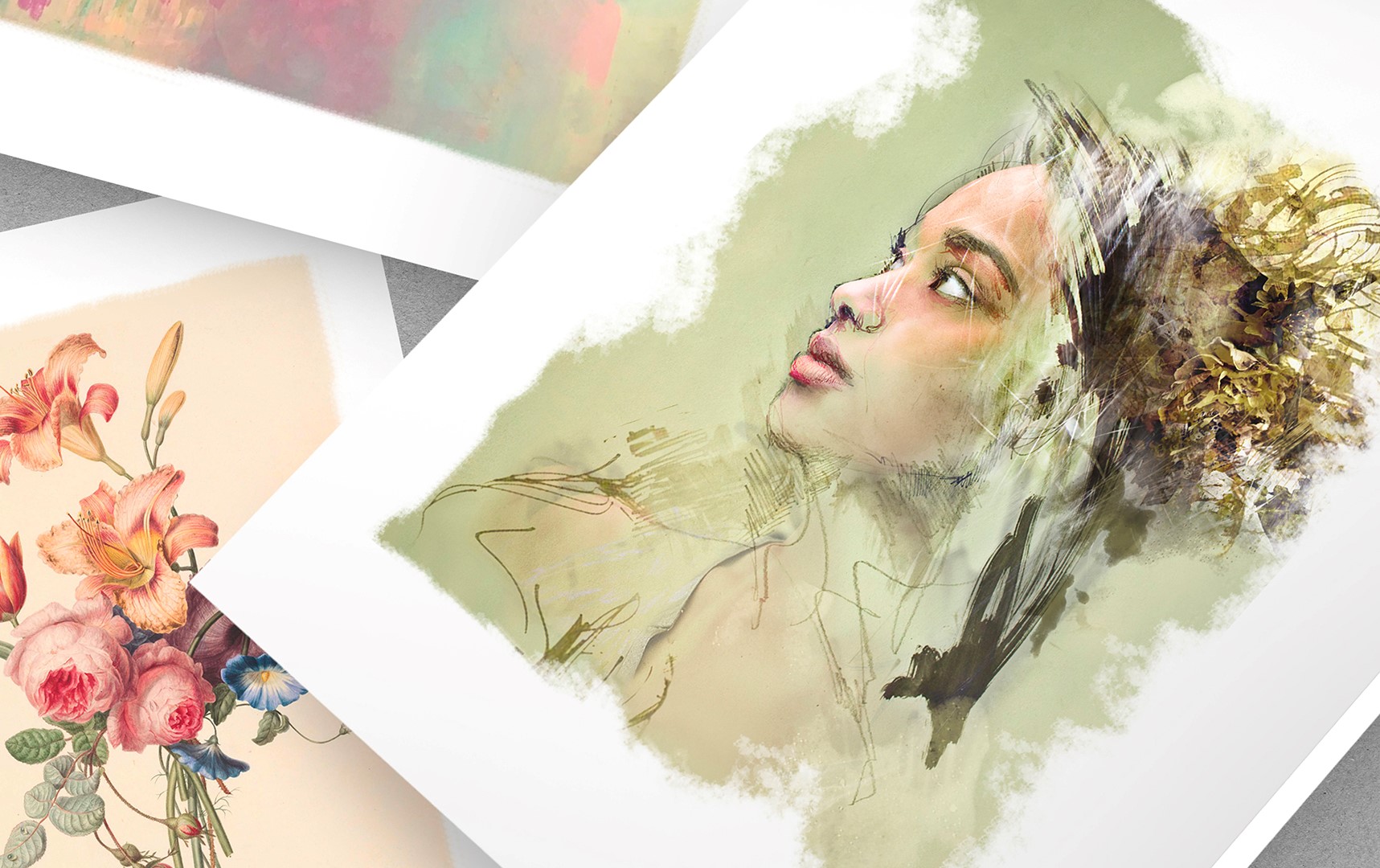
What Is Paper GSM, and Why Is It Significant?
GSM stands for “grams per square metre” and indicates the weight of the paper. The weight of your art paper is important because it determines its ability to withstand various media and techniques without buckling, warping, or tearing. A paper’s GSM is often referred to as its “grammage”.
Paper can also be weighed in pounds (lbs), with paper weights typically ranging from 20 to 140 pounds and varying based on the material used in production.
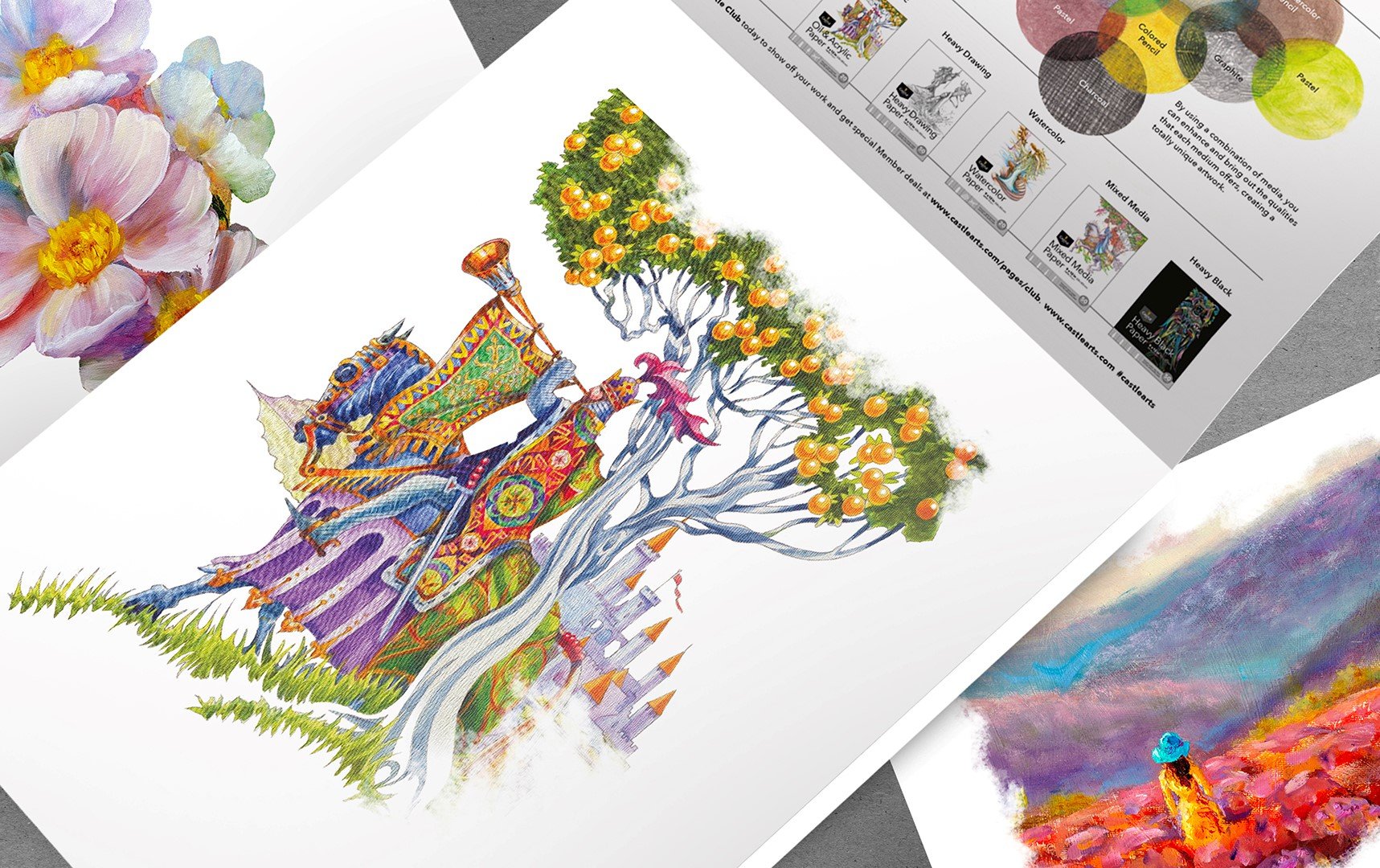
What Weight of Paper Do I Need?
The ideal paper weight depends on the media and techniques you plan to use, but you may find this rough guide helpful:
|
Weight in grams |
Weight in lbs |
Recommended use |
|
40 gsm |
25 lbs |
Tracing paper |
|
75-90 gsm |
50-60 lbs |
Sketching or practice paper (dry media only – pencils, charcoal, pastels) |
|
100-130 gsm |
70-80 lbs |
Drawing paper |
|
150-270 gsm |
92-180 lbs |
Heavyweight drawing paper, Bristol board, mixed media papers |
|
300-350 gsm |
Up to 140 lbs |
Paper for painting – watercolour, acrylic, and oil |
- Light to medium-weight papers are suitable for sketching, ink drawings, and light washes.
- Medium to heavyweight drawing papers are ideal for more substantial applications such as watercolour, gouache, and mixed media.
- Heavyweight artistic papers are perfect for oil and acrylic painting, as they can withstand the weight and moisture of these media without buckling.
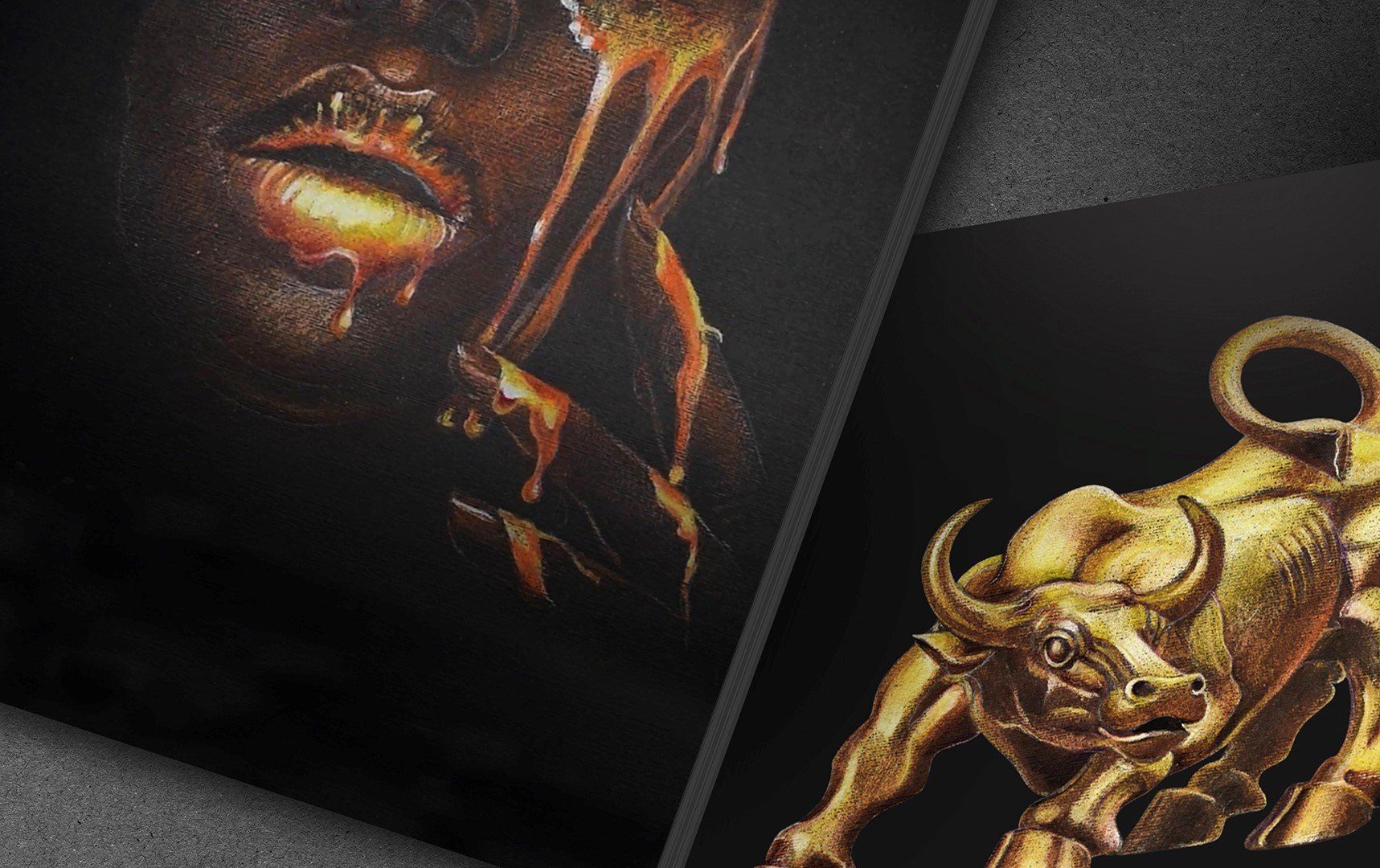
What Colour Paper Should I Choose?
The colour of your paper can have a big impact on the overall mood and appearance of your artwork.
- White papers are the most common and versatile, giving you a clean, bright surface that draws focus to your drawn marks.
- Mid-toned papers are great for working with pastels, letting you start with darker tones and add light-colour highlights.
- Warm-toned papers look great with cool-coloured subjects.
- Cool-toned papers pair nicely with warm-coloured subjects, making your artwork pop.
- Black paper is an excellent choice if you want to create striking contrasts and make vibrant colours stand out.
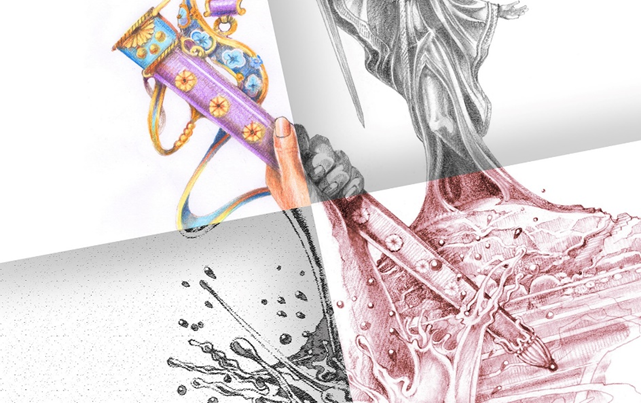
The Best Types of Papers for Different Media and Techniques
Oil and Acrylic
When working with oil and acrylic, you’ll need a sturdy, heavyweight paper designed to absorb the paints without buckling under their weight. The type of texture can vary, but we recommend a fine-grain surface for the perfect finish. Our specially designed oil and acrylic sketchpads are made up of carefully crafted 165lb paper designed to retain surface colour intensity and withstand your favourite techniques, and they come in two sizes for extra flexibility.
Watercolour
Your choice of watercolour paper may depend on your painting style, but our in-house artists prefer a lightly textured surface that works well with a wide range of techniques and applications. Our watercolour sketchpads are ideal for both beginners and experienced painters, thick enough to withstand wet media, and acid-free for fade-resistant artwork – plus, they come in three different sizes to suit all artists:
- 60 Sheets Watercolour Sketchpads 5.5” x 8.5”
- 40 Sheets Watercolour Sketchpads 9” x 12”
- 40 Sheets Watercolour Sketchpads 11” x 14”
Drawing – Pencil, Coloured Pencil, Charcoal, Pastel, and Ink
A good-quality, heavyweight drawing paper will allow you to experiment with graphite, charcoal, coloured pencils, inks, pastel, light watercolours, brush pens, and more. Although a thinner paper is fine for quick sketches or studies, drawings that require a lot of shading and blending will require a stronger surface. Castle Arts’ heavy drawing paper pads each have 50 sheets of premium 98lb paper designed to enable repeated erasing, easy colour lifting, scrubbing, and scratching.
- 150 Sheets Heavy Drawing Sketchpads 5.5” x 8.5”
- 100 Sheets Heavy Drawing Sketchpads 9” x 12”
- 100 Sheets Heavy Drawing Sketchpads 11” x 14”
Mixed Media
If you love to experiment with different media and drawing techniques, mixed media paper might be the right option for you. This heavier paper is ultra-versatile and designed to withstand several types of wet and dry media, offering an excellent balance between absorbency and resilience. Our mixed media sketchpads allow you to experiment with confidence on premium 120lb sheets.
Creating Contrasts
Looking for something a bit different? Get creative with black paper – the ultimate surface for creating high-contrast drawings and highlighting vibrant colours. Draw, shade, and layer with coloured and metallic pencils, white fineliner, gel pens, pastel, and chalk, and discover the unique visual impact that black paper can bring to your artwork. Our black paper sketchpads contain 50 sheets of acid-free, 92lb paper with a silky-smooth surface – ideal for all your creative experiments.
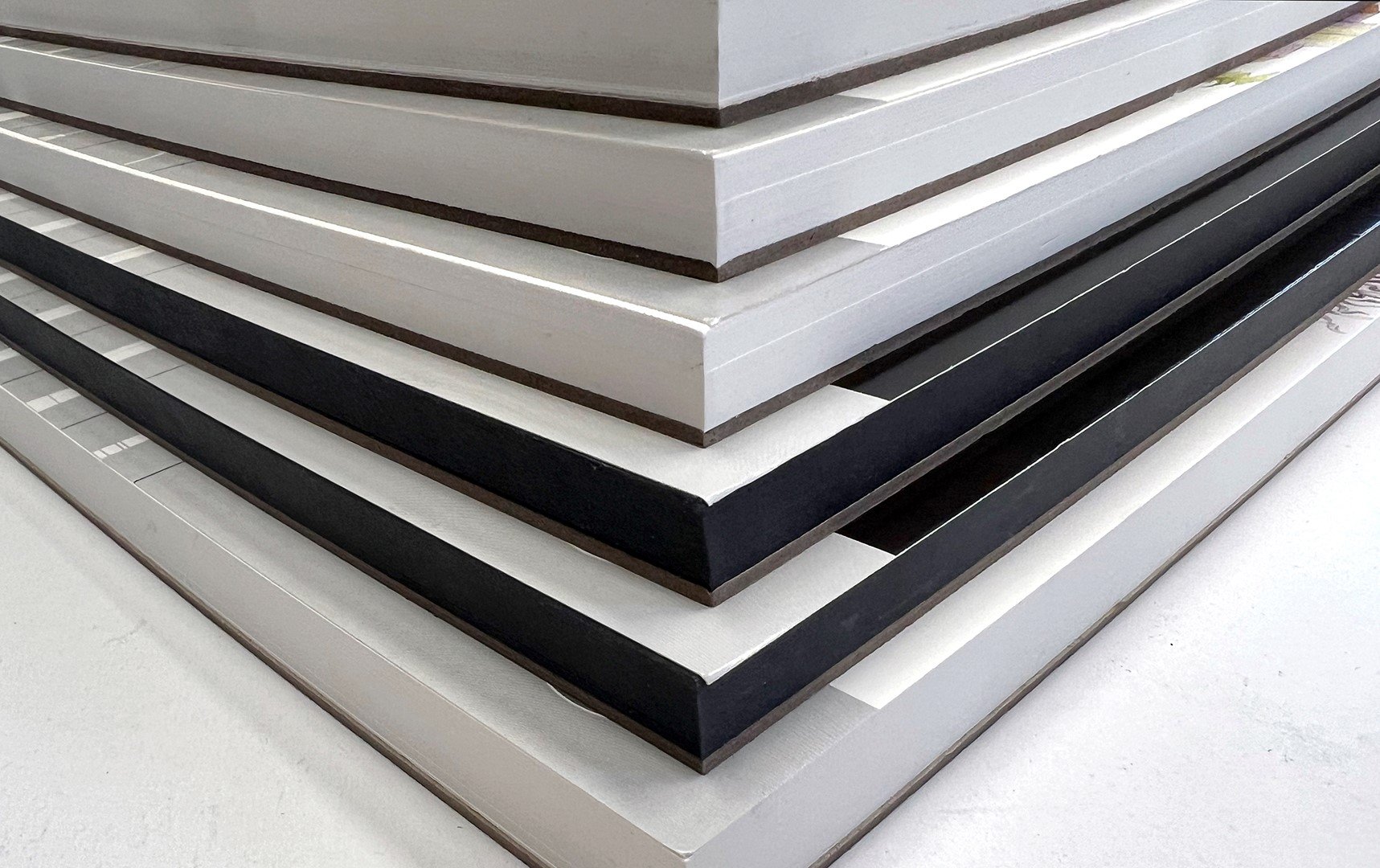
How to Store Art Paper
When you've poured your heart and soul into creating a new artwork, you want to make sure it looks great for years to come. Proper storage is key to preserving the quality and longevity of both your art paper and finished artworks. To keep your creations in pristine condition, follow these essential storage guidelines:
- Store unused paper flat to prevent buckling and keep it in a cool, dry place, away from direct sunlight and moisture.
- Use acid-free folders, portfolios, or boxes to store finished artworks, protecting them from dust, light, and humidity.
- To provide additional protection, use bubble wrap or similar materials when storing your art.
- If framing your artwork, choose acid-free materials to prevent yellowing and deterioration over time.
- Handle your papers and artworks with clean, dry hands to avoid transferring oils or dirt that can cause damage.
- Consider investing in an art storage rack if you plan on producing a lot of work.
With the right art paper, you can create beautiful, long-lasting work and get more out of your chosen art materials. Explore our new range of specialty sketchpads designed to help you achieve the best results with your favourite mediums and discover a world of new creative possibilities.


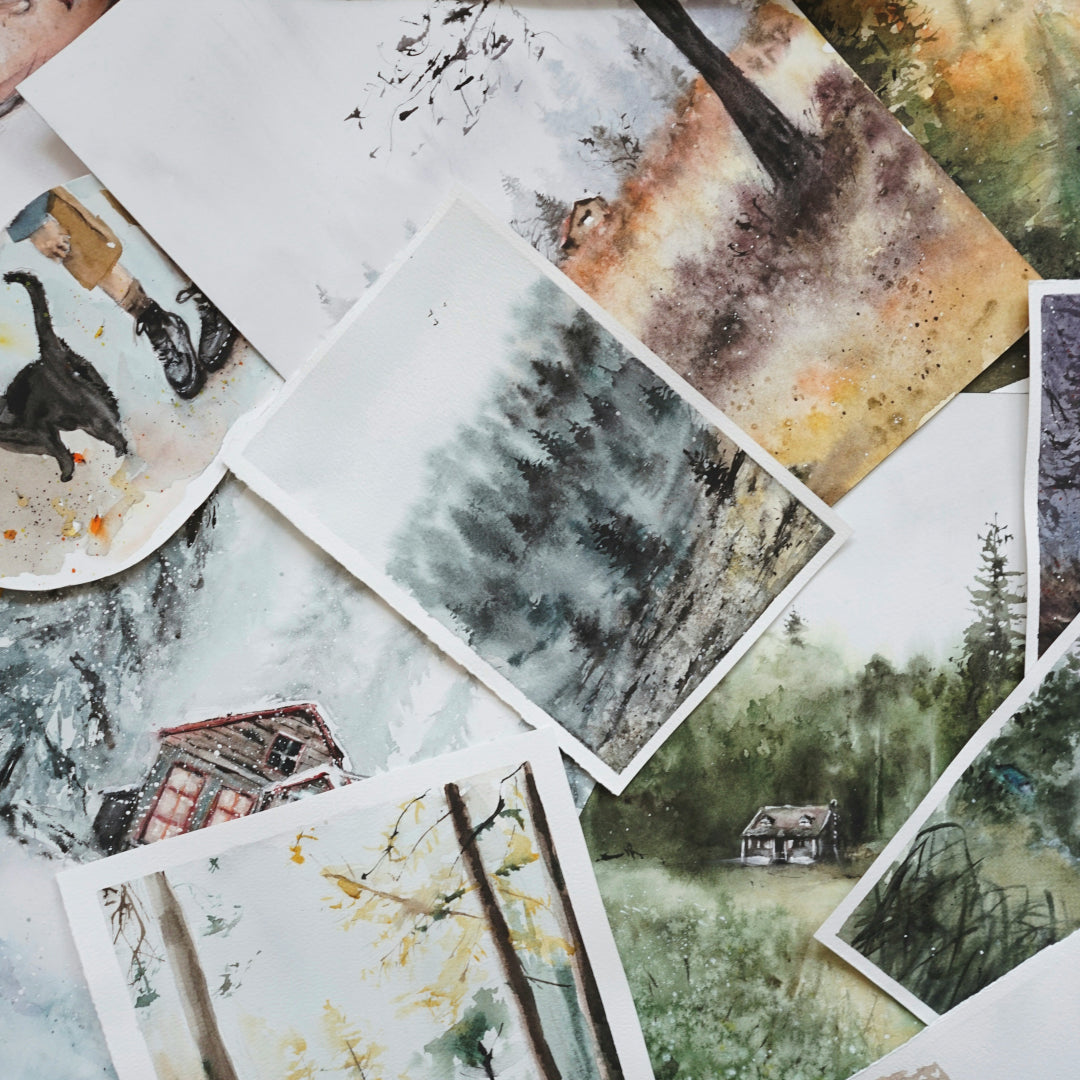
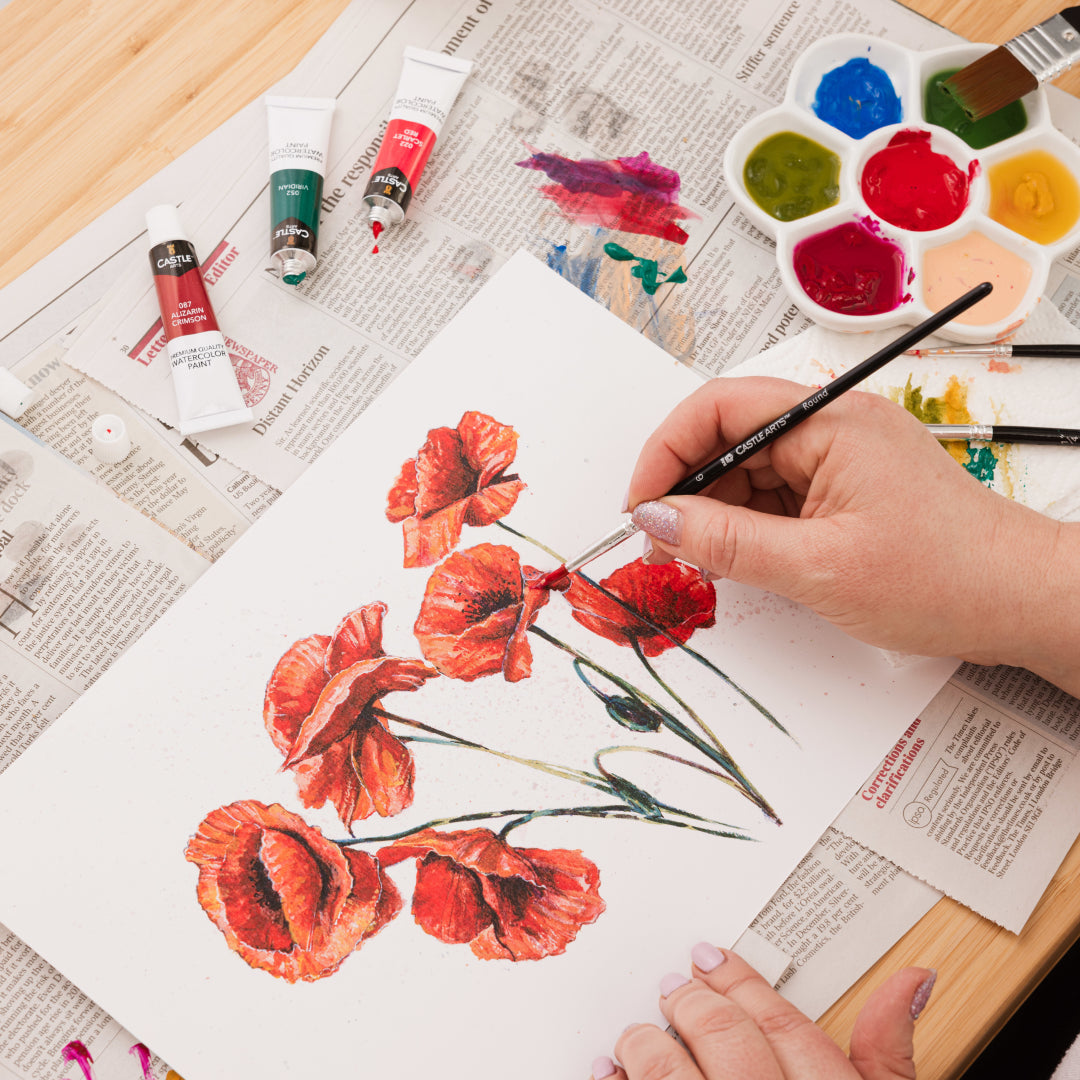
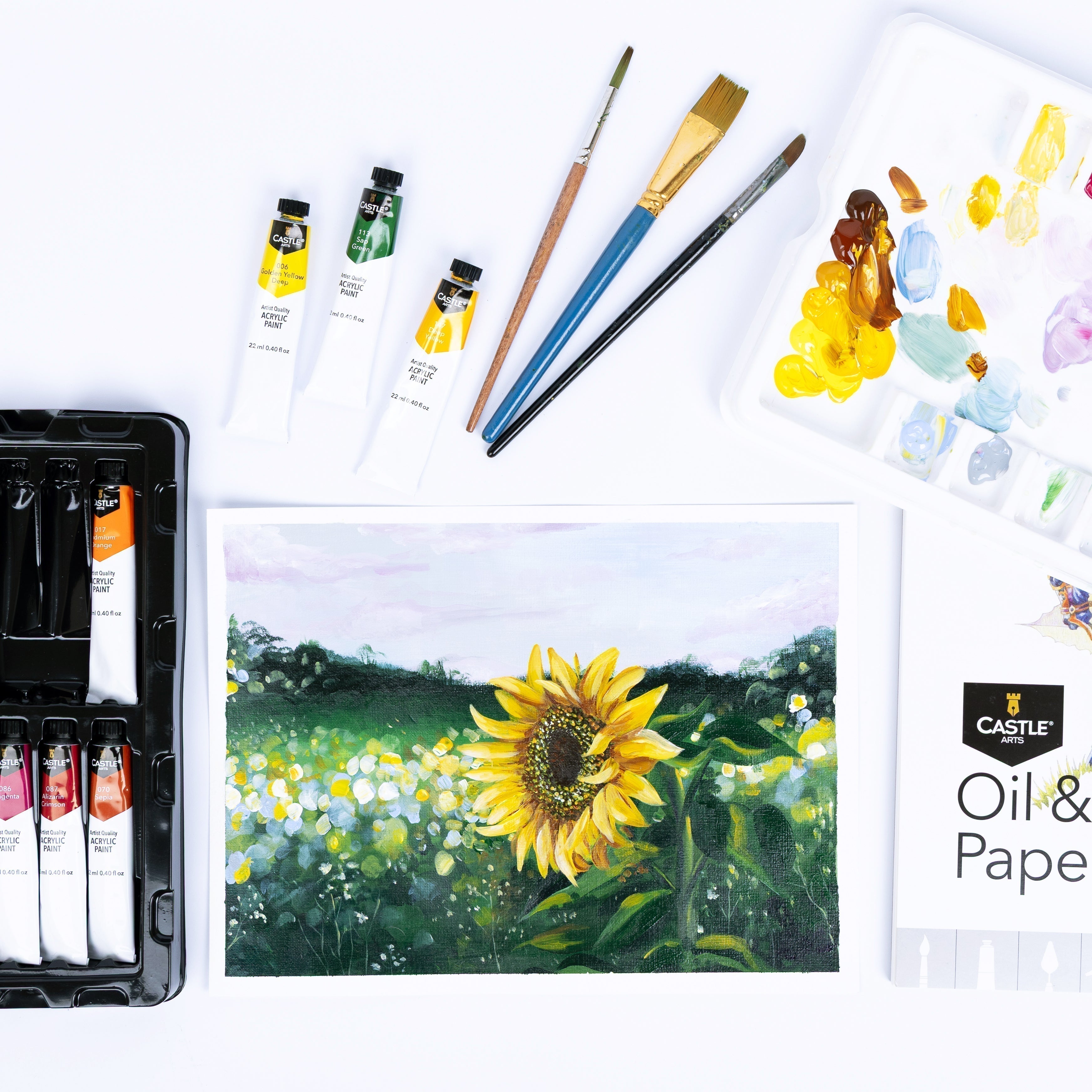
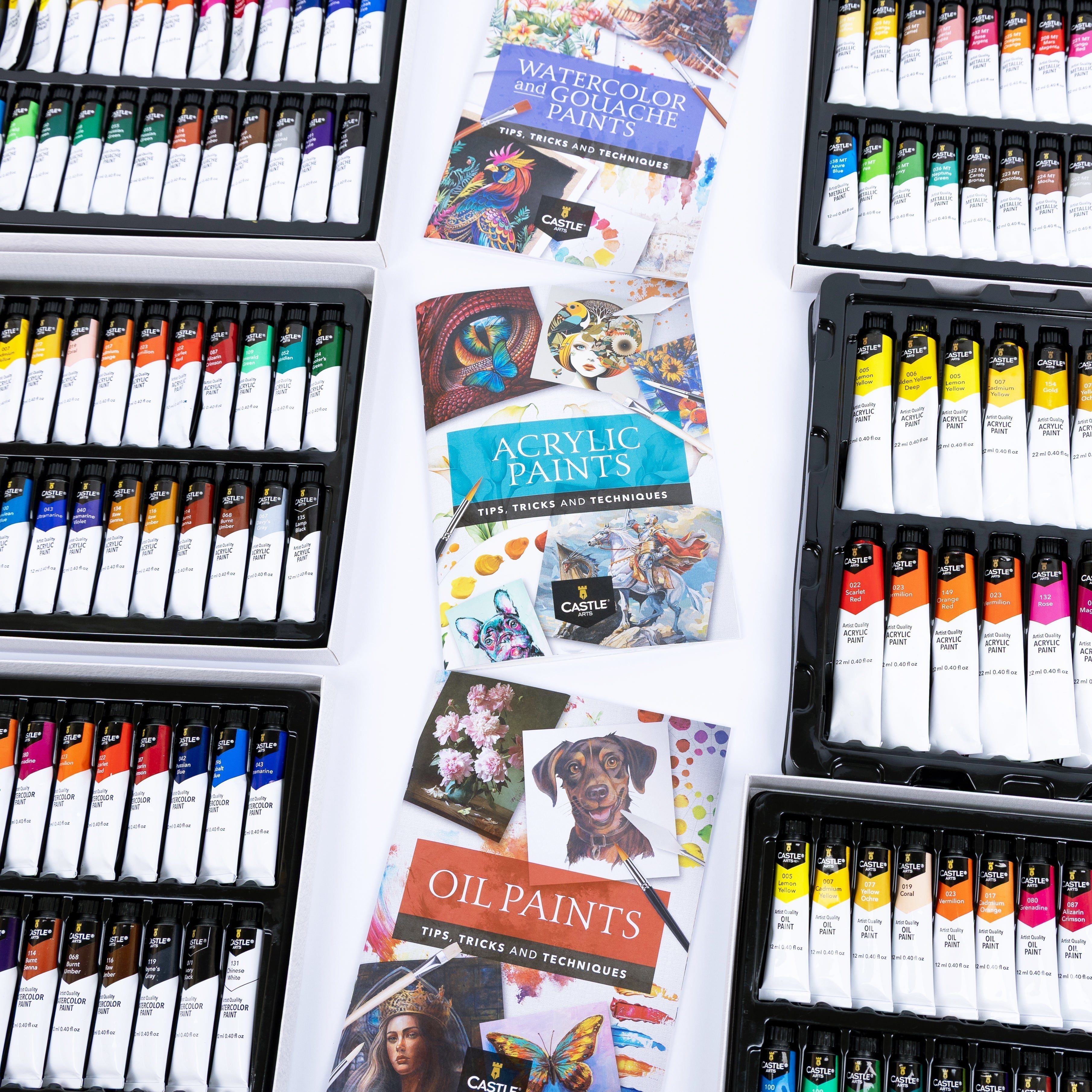
Share: